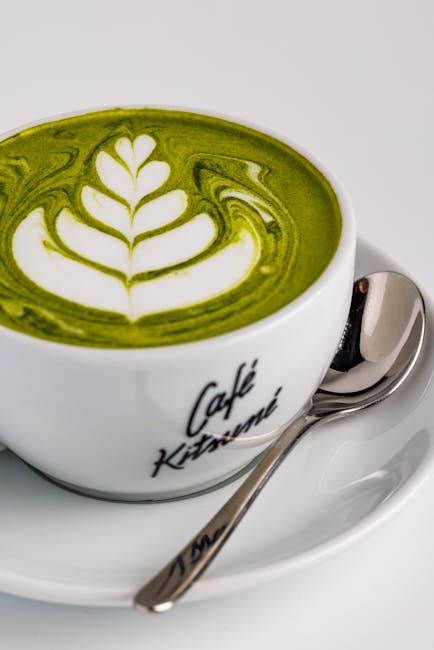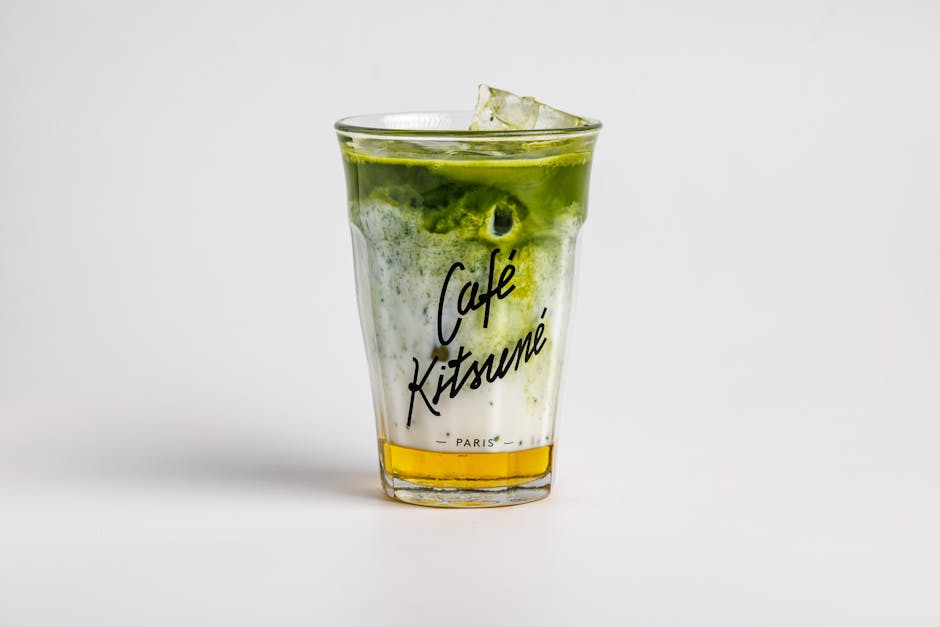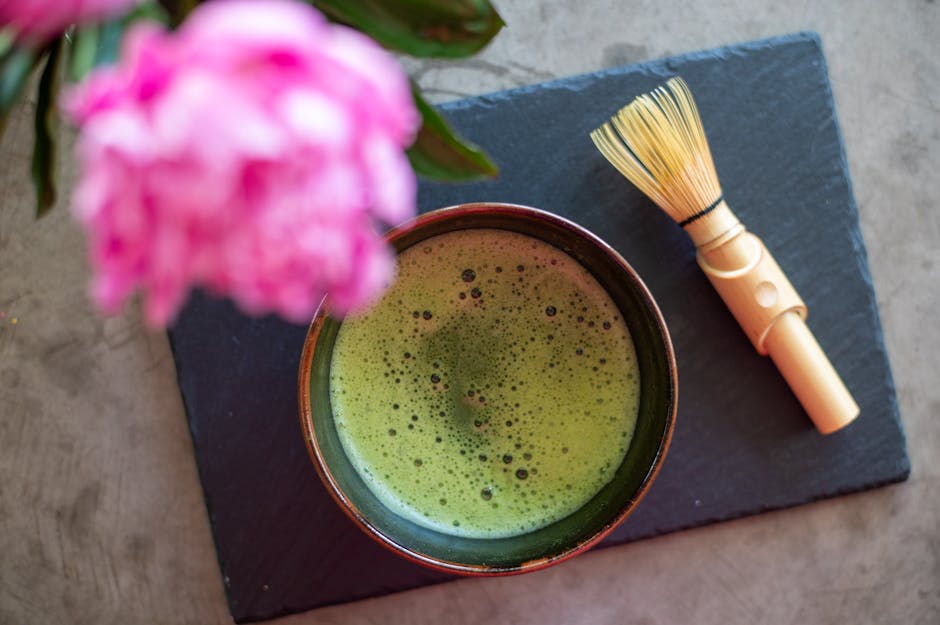Matcha and Iron Deficiency: Separating Fact from Fiction
Matcha, the finely ground powder of green tea leaves, has surged in popularity due to its purported health benefits. From its vibrant green hue to its potent antioxidant properties, matcha boasts a seemingly impressive nutritional profile. However, a concern that occasionally arises amongst health-conscious individuals is whether matcha consumption can lead to iron deficiency. This article delves into the complex relationship between matcha and iron absorption, exploring the evidence and dispelling common misconceptions.

Understanding Iron Absorption and Matcha’s Components
Before examining the potential link between matcha and iron deficiency, it’s crucial to understand the mechanics of iron absorption in the body. Iron exists in two forms: heme iron (found in animal products) and non-heme iron (found in plant-based foods like matcha). Heme iron is more readily absorbed than non-heme iron. Several factors can influence non-heme iron absorption, both positively and negatively.

Matcha, being a plant-based food, contains non-heme iron. However, the amount is relatively modest. A typical cup of matcha contains only a small fraction of the recommended daily allowance of iron. More significantly, matcha contains compounds that can potentially interfere with iron absorption. These include:

- Tannins: These polyphenols are abundant in tea, including matcha. Tannins bind to iron, reducing its bioavailability, meaning the body can absorb less of it.
- Oxalates: While matcha contains relatively low levels of oxalates compared to some other plant foods, oxalates can also inhibit iron absorption.
The Evidence: Does Matcha Cause Iron Deficiency?
There’s no conclusive scientific evidence directly linking matcha consumption to iron deficiency. While the tannins and oxalates in matcha can hinder iron absorption, the impact is likely to be minimal for most individuals. The amount of iron in matcha is relatively low, and the effect of its inhibitors is dependent on several factors, including:
- Dietary iron intake: If you consume a diet rich in iron-rich foods, the inhibitory effects of matcha on iron absorption are less likely to be significant.
- Other dietary factors: Consuming vitamin C-rich foods alongside matcha can enhance non-heme iron absorption, counteracting the effects of tannins to some extent.
- Individual differences: The body’s ability to absorb iron varies from person to person due to genetic factors and overall health.
- Quantity of matcha consumed: Consuming excessive amounts of matcha daily might theoretically increase the risk of reduced iron absorption, but this scenario is relatively uncommon.
Who Might Be at Higher Risk?
While matcha is unlikely to cause iron deficiency in healthy individuals with a balanced diet, certain groups might be more susceptible to experiencing negative impacts on their iron levels if they consume large quantities of matcha regularly:
- Individuals with pre-existing iron deficiency: Those already experiencing iron deficiency should exercise caution and potentially limit their matcha intake, consulting with a healthcare professional or registered dietitian.
- Vegans and vegetarians: Vegans and vegetarians often have a lower iron intake compared to omnivores, making them slightly more vulnerable to the inhibitory effects of tannins in matcha. However, a well-planned vegan or vegetarian diet should provide sufficient iron.
- Pregnant women and women with heavy menstrual bleeding: These groups have increased iron requirements, and any factor that reduces iron absorption should be considered carefully.
- Individuals with certain medical conditions: Certain medical conditions can impair iron absorption, making individuals more sensitive to the effects of matcha’s antinutrients.
Strategies for Optimizing Iron Absorption
If you enjoy matcha and want to maximize iron absorption from other sources in your diet, consider the following strategies:
- Consume vitamin C-rich foods with your meals: Vitamin C enhances non-heme iron absorption. Pair your matcha with foods like citrus fruits, berries, or bell peppers.
- Combine plant-based iron sources with heme iron sources: Heme iron aids in the absorption of non-heme iron. If you eat a balanced diet including meat, fish, or poultry, this will increase the efficiency of iron absorption.
- Limit consumption of foods high in tannins and oxalates: While matcha contains some tannins, reducing the consumption of other high-tannin foods such as certain types of tea and coffee could be beneficial.
- Consult a healthcare professional: If you have concerns about your iron levels or are experiencing symptoms of iron deficiency, consult with a doctor or registered dietitian.
Conclusion
The relationship between matcha and iron deficiency is nuanced. While matcha contains compounds that can hinder iron absorption, the overall impact is likely minimal for most healthy individuals consuming a balanced diet. However, individuals with pre-existing iron deficiencies, vegans/vegetarians, pregnant women, or those with certain medical conditions should be mindful of their matcha consumption and consider the strategies mentioned above to optimize iron absorption. As always, consulting a healthcare professional or registered dietitian is recommended for personalized advice regarding dietary choices and iron intake.

